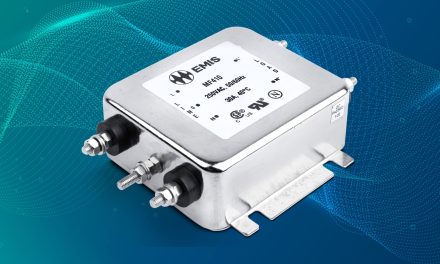Peter Hannon, Managing Director at Harting explores how the evolution of connectivity is driving the industry forward to meet new challenges.
In the electronics sector, speed and ease of connectivity are vital factors, so we have seen the evolution of connector technology from familiar designs such as the DIN41612 and D-Sub connectors to today’s devices, such as connectors that combine significant reductions in size along with increased data-transfer rates.
These modern connectors often incorporate surface-mount technology and the latest developments in micro-electronic manufacturing systems (MEMS), using the latest leading-edge materials to ensure the required robustness and extended service life demanded by users.
At the same time, we are seeing a move from individual devices to integrated systems interfaces, with connectors incorporating more and more of the functions of other system components.
From an applications viewpoint, infrastructure is becoming increasingly important, with the target markets for industrial connectors developing from the traditional machinery and power distribution sectors to markets such as factory automation, transportation and renewable energy.
Integrated connector solutions
In these areas, the development of modular connector technologies that offer the capability to combine power, signal, optical and pneumatic technologies in a single connector housing has been a major breakthrough, allowing users to benefit from tailor-made interfaces with an increased range of connection options.
These developments have led, in turn, to the evolution of technologies such as Industrial Ethernet, and in particular the concept of ‘Automation IT’, where networking systems developed for linking industrial equipment in the factory can be integrated with the business IT systems in an organisation.
Technologies such as Fast Track Switching allow the prioritisation of automation messages within an industrial environment while still being totally compatible with standard Ethernet protocols.
The integration of these technologies is leading to a new generation of industrial communications systems for which the term ‘smart network infrastructure’ has been coined.
These trends have had a significant impact on Harting’s vision for the future. No longer does the company think of itself as only a connector manufacturer. Over time, the company has increased its value chain by developing its business in areas such as backplanes, cable assemblies and other value-added sectors, with manufacture now taking place on three continents.
At the same time, the Harting Group has become a total technology supplier, using its technology base and its strong research & development facilities to move into technologies such as RFID systems and MEMS sensors that can link into the smart infrastructure concept, securing the future 30 years.
Harting www.harting.com


